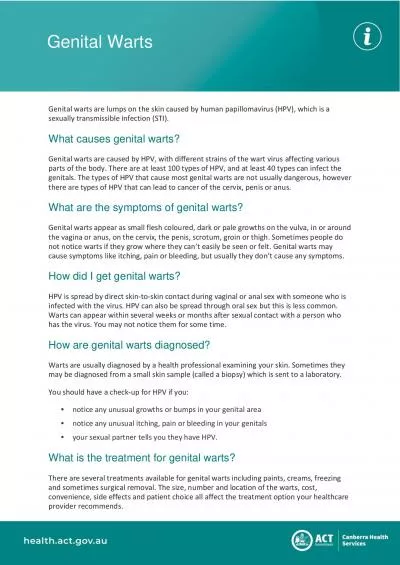PPT-Male Genital Surgical Conditions
Author : stefany-barnette | Published Date : 2016-04-22
Dr S Nishan Silva MBBS Anatomy Congenital Anomalies Hypospadias and Epispadias Malformations of urethral groove andor urethral canal Abnormal opening on ventral
Presentation Embed Code
Download Presentation
Download Presentation The PPT/PDF document "Male Genital Surgical Conditions" is the property of its rightful owner. Permission is granted to download and print the materials on this website for personal, non-commercial use only, and to display it on your personal computer provided you do not modify the materials and that you retain all copyright notices contained in the materials. By downloading content from our website, you accept the terms of this agreement.
Male Genital Surgical Conditions: Transcript
Download Rules Of Document
"Male Genital Surgical Conditions"The content belongs to its owner. You may download and print it for personal use, without modification, and keep all copyright notices. By downloading, you agree to these terms.
Related Documents














